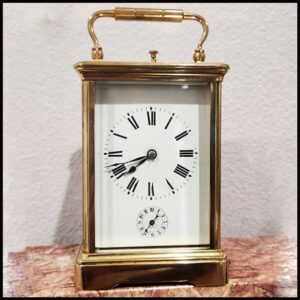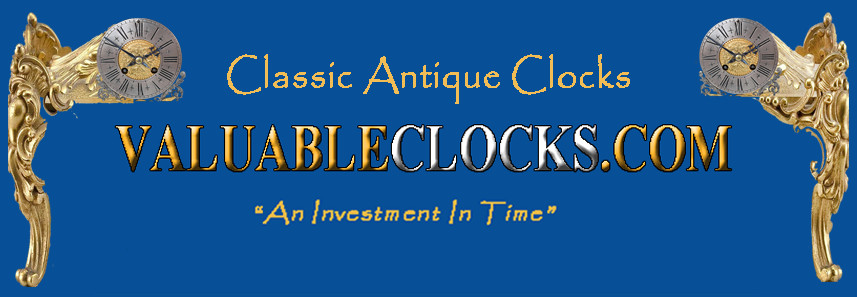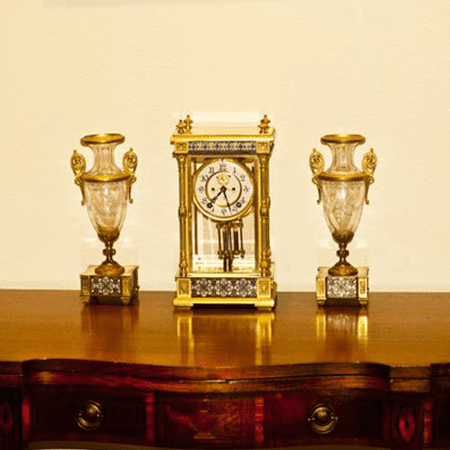Why Collectors Value the Antique Shelf Clock
The antique shelf clock holds a special place in horological history, admired for both its artistry and practicality. These clocks were often found in American homes during the 19th century, where they sat proudly on mantels, desks, and shelves. Unlike larger timepieces such as longcase clocks, the antique shelf clock provided a more compact and accessible way to enjoy the beauty of mechanical craftsmanship. For today’s collector or decorator, these clocks bring with them not only functionality but also a timeless sense of charm.
The Origins of the Antique Shelf Clock
The antique shelf clock first rose to prominence in the early 1800s, particularly in New England, where clockmakers began producing them in greater numbers. Many of these clocks were made with wooden movements before brass became more widely available. Known for their affordability compared to grander clocks, they became a staple in middle-class households. Over time, clockmakers refined their designs, incorporating glass panels, reverse-painted tablets, and elegantly veneered cases. Each antique clock tells a story about the era in which it was made.
Unique Features That Define an Antique Shelf Clock
One reason collectors seek out an antique shelf clock is the distinctive features that set them apart from other timepieces. Cases often included intricate woodwork or veneers such as mahogany or rosewood, while some were painted to reflect the stylistic trends of the time. The dials were frequently decorated with Roman numerals, brass hands, and colorful detailing. In many examples, reverse glass painting added artistry, making the clock as much a decorative object as a practical one. Compared to a simple antique clock, the shelf model offered more stylistic flourishes within a manageable size.
Notable Makers of Antique Shelf Clocks
Throughout the 19th century, many names became synonymous with the antique shelf clock. Clockmakers such as Eli Terry, Seth Thomas, and Chauncey Jerome are often mentioned in connection with these pieces. Their contributions were vital in shaping American clockmaking, as they developed mass-production techniques that made clocks more widely available. Owning an antique clock from one of these makers not only provides beauty but also connects the collector to a pivotal moment in American history.
How to Identify a Genuine Antique Shelf Clock
When seeking to purchase an antique shelf clock, it is important to know the signs of authenticity. Original wooden or brass movements are a strong indicator, as are hand-painted glass tablets. Case construction, especially dovetail joints or early veneers, can provide additional clues. Labels pasted inside the case or on the backboard can also confirm the maker and time period. While a general antique clock may show similar aging, the shelf style has distinct proportions and decorative qualities that make it identifiable.
Caring for Your Antique Clock

Proper maintenance ensures that your antique shelf clock remains in working order for years to come. Clocks with wooden movements require special attention, as humidity and temperature changes can affect them more than brass mechanisms. Regular cleaning, done by a professional clockmaker, helps preserve delicate gears and springs. Cases should be kept dust-free and occasionally polished, though one must avoid removing the natural patina that gives an antique clock its unique character. With careful stewardship, these clocks continue to tick as beautifully as they did centuries ago.
Decorating with an Antique Shelf Clock
Beyond their mechanical value, the antique clock brings an aesthetic richness to any interior. Whether placed on a bookshelf, mantel, or side table, these clocks act as conversation pieces. Their intricate designs complement both traditional and modern settings, adding a touch of heritage to a room. For those who enjoy mixing old with new, pairing an antique with contemporary furnishings creates a striking visual balance. In this way, the clock functions not only as a timekeeper but also as a statement of style.
The Investment Value of Antique Shelf Clocks
Collectors often view the shelf clock as more than just a decorative accessory; it can also be a sound investment. Well-preserved examples from prominent makers hold significant value in the antiques market. As interest in early American craftsmanship continues to grow, so too does demand for these clocks. Even for those not focused on resale, owning an antique clock represents the preservation of history and artistry—two qualities that make these timepieces enduringly desirable.
Antique Clocks Are A Window To The Past
The antique clock is a window into the past, combining artistry, history, and function in one compact form. Whether you are a dedicated collector or someone who simply appreciates the elegance of an antique clock, these timepieces remain as captivating today as they were two centuries ago. By caring for them and displaying them proudly, you ensure that their legacy continues to mark the passage of time in a meaningful way.


